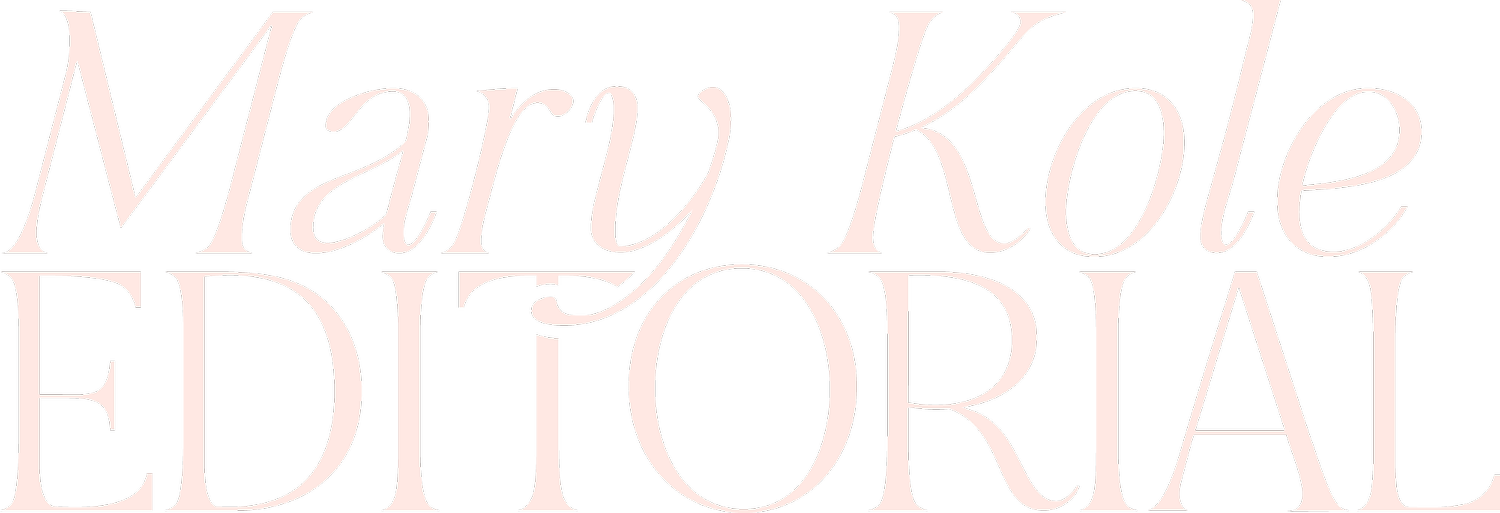What Makes a Successful
Writing Sample
By Mary Kole
Mary Kole is a former literary agent, freelance editor, writing teacher, author of Writing Irresistible Kidlit, and IP developer for major publishers, with over a decade in the publishing industry.
If you’re an aspiring writer looking to break into the publishing landscape, crafting a stellar writing sample is the first step if you want to get published. A writing sample is, of course, merely part of what’s ideally a strong and thoroughly revised manuscript, of course. The writing sample will ideally be a teaser to get a gatekeeper interested in plucking you from the slush pile. But what exactly is a writing sample, and how do you create a strong one that will capture the attention of literary agents and traditional publishers alike? In this guide, I'll go over everything you need to know about crafting a writing sample for a fiction submission, including what it is, what makes a good writing sample, and common mistakes to avoid.
What Is a Writing Sample?
A writing sample is a snippet of your work that you will submit to literary agents and acquiring editors as part of your submission package. In a fiction submission, a writing sample usually consists of the first ten to fifty double-spaced pages of your manuscript, or the equivalent in single-spaced pages, as manuscript formatting can be difficult to reproduce in an email or submission tracker form. Of course, the length of the writing sample you’ll be sending depends on the specific submission guidelines of the agent or publisher. In a big-picture sense, the writing sample is meant to showcase your writing style, voice, and ability to hook the reader right away by starting a compelling story.
Ingredients of a Strong Writing Sample
When thinking about your writing sample, there are a few key ingredients that you should focus on. First and foremost, your writing should be engaging and clear, with strong writing descriptions, dialogue, interiority to convey character, and pacing. You should also make sure that your sample introduces your protagonist and a hint of the conflict they will face over the course of your plot arc. Most importantly, your sample should leave the reader wanting more by weaving in tension and conflict.
One of the most important things to keep in mind when crafting your writing sample is to balance the character arc and story outline that you’re introducing. While your sample should introduce your main characters and their conflicts, it's also important to keep the plot moving forward and to create a sense of excitement. As you write your sample, ask yourself: What is at stake? What does the main character want (their objective)? What story obstacles are in their way?
Remember to start at the beginning of your manuscript for your writing sample. If you are tempted to take a writing sample from later in the manuscript, because “that’s where it gets good,” you need to take a step back and make sure your novel opening is good, too. Don’t save the good stuff for later. Since your writing sample is the only thing you’ll showcase with your query letter and synopsis, you need to make sure it’s compelling enough to generate interest.
While the writing sample is an important part of your submission package, it's not the only thing that literary agents and publishers will look at. In addition to your sample, you'll typically be asked to include a query letter that provides a brief summary of your story, or a logline, and your comparative titles, writing credentials, and author bio. You may also be asked to include a synopsis of your entire manuscript, though not every gatekeeper requests this document.
Common Mistakes to Avoid
There are a few common mistakes that writers can make when polishing up their writing sample. One is to start the story too early, before the conflict has been introduced—this can make the reader lose interest quickly, or not become engaged to begin with. Another is to include too much backstory or exposition, which can slow down the pace of the story. You need to aim for a strong balance of action and information, and to put your action into scene, rather than offering dense paragraphs of world-building. Finally, it's important to always check the submission guidelines for each agent or publisher you submit to. Failing to follow their specific requirements can result in an automatic rejection. Of course, your manuscript needs to be finished before you start submitting. If a gatekeeper makes a full request, you will want to fulfill it right away.
Crafting a writing sample for a fiction submission may seem daunting, but it's an essential part of breaking into the literary world. By focusing on key ingredients like engaging writing, character and plot balance, and following submission guidelines, you can create a sample that will captivate literary agents and publishers alike. So take your time, put in the work, and craft a writing sample that you can be proud of.

Click here to purchase Irresistible Query Letters, my book on query letters, including over forty examples with comprehensive notes on each one. There’s a ton of submission advice, best practices, and insider information in these pages, and you’ll really enjoy seeing what other writers are doing in the slush.



